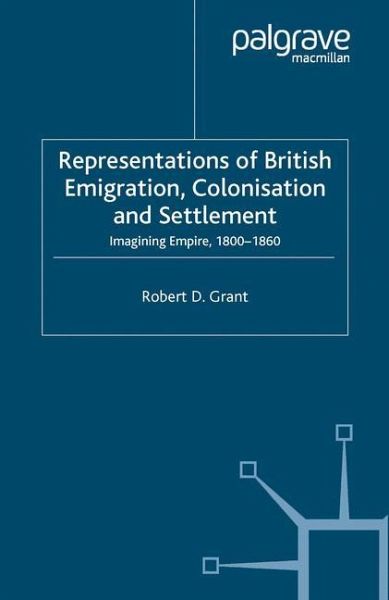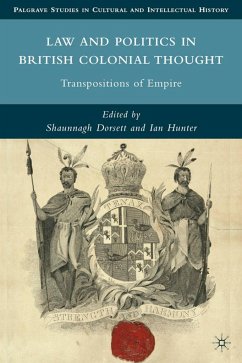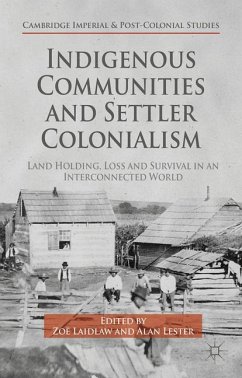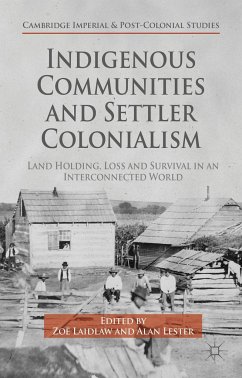
Representations of British Emigration, Colonisation and Settlement
Imagining Empire, 1800-1860
Versandkostenfrei!
Versandfertig in 6-10 Tagen
38,99 €
inkl. MwSt.
Weitere Ausgaben:

PAYBACK Punkte
19 °P sammeln!
This volume explores the complex relationships between early Nineteenth-Century representations of emigration, colonization and settlement, and the social, economic and cultural conditions within which they were produced. It stresses the role of writers, illustrators and artists in 'making' colonial/settler landscapes within the metropolitan imaginary, paying particularly close attention to the complex interdependencies between metropolis and colony, which have too often been reduced to simplistic binaries of centre and periphery, metropolitan core and colonial outpost. Focusing on material de...
This volume explores the complex relationships between early Nineteenth-Century representations of emigration, colonization and settlement, and the social, economic and cultural conditions within which they were produced. It stresses the role of writers, illustrators and artists in 'making' colonial/settler landscapes within the metropolitan imaginary, paying particularly close attention to the complex interdependencies between metropolis and colony, which have too often been reduced to simplistic binaries of centre and periphery, metropolitan core and colonial outpost. Focusing on material dealing with Canada, the Cape, Australia and New Zealand, its interdisciplinarity and global reach consequently adds considerably to the field of colonial studies.














